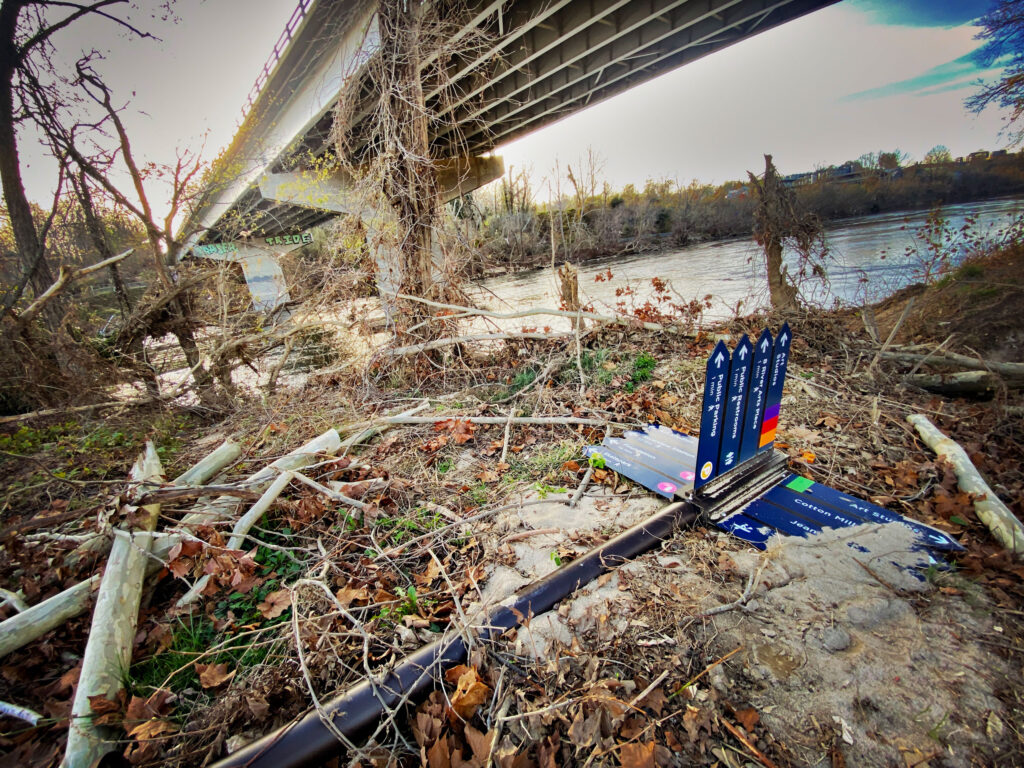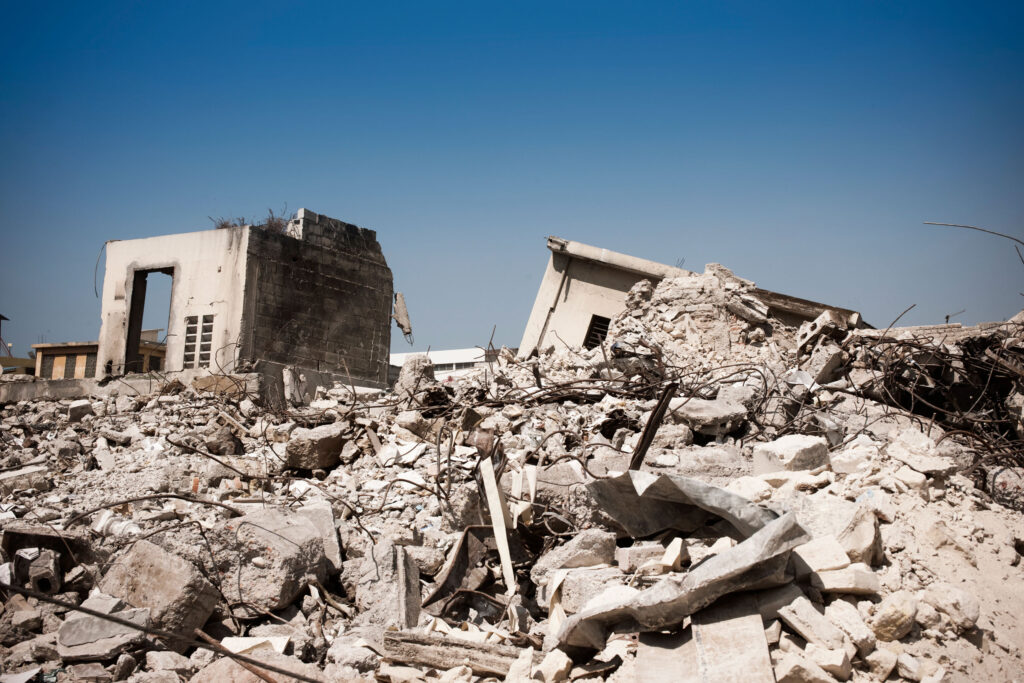LEO Satellites In Action: Staying Connected in Crisis Saves Lives
Low Earth orbit (LEO) satellite technology is a critical tool for saving lives and keeping us connected during crises. Because LEO systems are less reliant on terrestrial infrastructure, anyone on the planet with the right terminal — a small receiver about the size of a plate — and the ability to power it can connect to satellite broadband. LEO satellites can help save lives by empowering first responders, healthcare facilities and other key institutions to stay online and connected across the world, even in hard-to-reach areas or when on the move.
The Need for Reliable Broadband During
Disasters
- In-ground fiber internet cables and above-ground cell towers can be damaged and taken offline by extreme weather or natural disasters. The resulting outages hamper coordination and communication during emergencies.
- During power outages, traditional broadband technologies can be rendered unusable even if they aren’t physically damaged, further necessitating an alternative method of connectivity.

Case Study / LEO Satellites in Action
In September 2024, Hurricane Helene stormed the Southeast Coast and hit
North Carolina especially hard. Traditional broadband and cell service went offline for days — and in some places, for weeks. But LEO satellites were there to help. Using LEO technology, Maggie Watkins, a resident of rural Swannanoa, North Carolina was able to stay connected and confirm that her family was okay after the storm.

Case Study / LEO Satellites in Action:
During a 2024 magnitude-7.6 earthquake in Japan, Japanese Telecom operator KDDI Corp. distributed 550 LEO broadband routers to help in disaster relief efforts. Three hundred firefighters in Wajima, Ishikawa Prefecture ended up using the service during their rescue missions. The transformative power of LEO technology also helped 350 evacuees at an elementary school impacted by the earthquake.
LEO Satellites Can Transform Emergency Communications
- To access high-speed broadband through LEO technology, first responders only need a small terminal and the ability to power it.
- Compared to previous options for satellite internet, LEO satellites’ lower orbit provides significantly faster connection speeds — supporting the need of first responders and emergency management officials to communicate and act rapidly during crises. And because LEO connectivity constellations contain larger numbers of smaller satellites, access is less vulnerable to disruptions and interruptions, even when users are on the move.
- LEO satellites can also save lives by bolstering communication and coordination during time-sensitive search and rescue missions, including in rural, remote or unconnected areas across the world.
